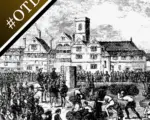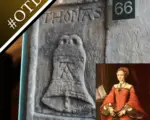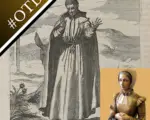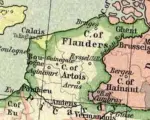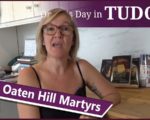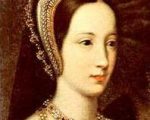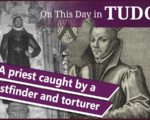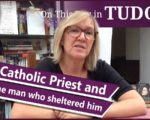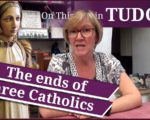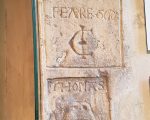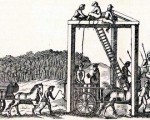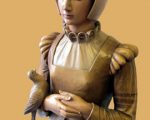
Today, on the anniversary of Anne Line’s execution, on 27th February 1601, I’m honouring her and two other remarkable women, Margaret Clitherow and Margaret Ward, who gave their lives for harbouring Catholic priests in Elizabethan England.
Their crime? Offering sanctuary to men whose very existence had been outlawed. Their fate? Torture, brutal executions, and posthumous sainthood.
But why was it so dangerous to harbour a priest in the reign of Elizabeth I?
In Tudor England, religion wasn’t just a matter of personal belief—it was a matter of life and death.
Following Henry VIII’s break with Rome, England became a Protestant nation. But when his daughter Mary I took the throne, she restored Catholicism and a couple of hundred Protestants burned at the stake. Then, in 1558, Elizabeth I became queen, and England swung back to Protestantism.
Catholics who had hoped for tolerance soon realised that Elizabeth’s government viewed them as a threat. When the Pope excommunicated Elizabeth in 1570, it escalated the conflict. Catholics were now seen as potential traitors—loyal to the Pope, not the queen.

